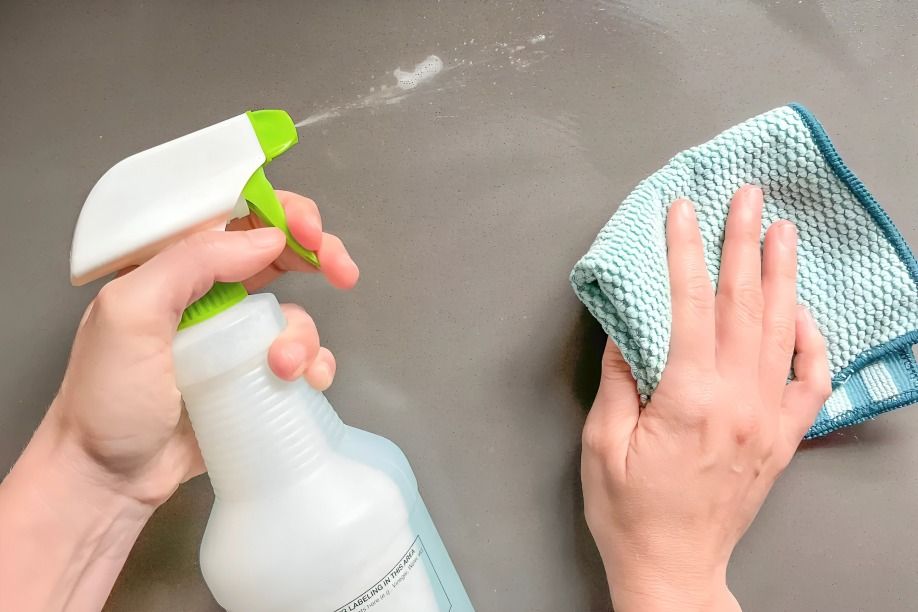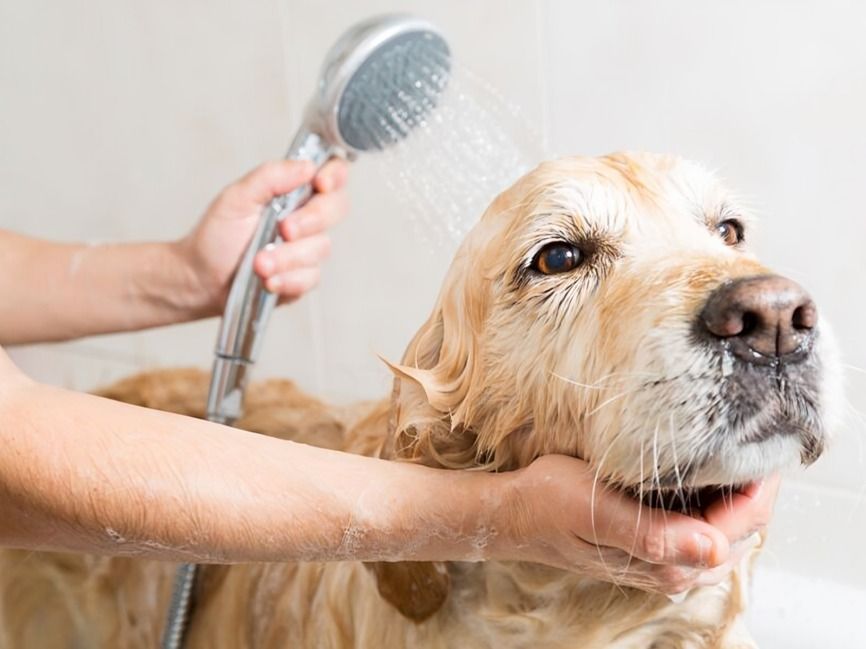
“
Water is a fundamental resource with a crucial role in cleaning and maintaining hygiene across various applications. Water usage for cleaning involves washing dishes, laundering clothes, mopping floors, and sanitizing surfaces. Understanding how to use water efficiently not only enhances cleaning effectiveness but also promotes sustainable practices by conserving this valuable resource. This guide explores the diverse ways water is utilized for cleaning and offers tips for optimizing its use in everyday tasks.1
1
”
Water usage for cleaning enhances the effectiveness of various cleaning agents, ensuring thorough sanitation. Understanding how water is used for cleaning helps us appreciate its importance and promotes more efficient, sustainable practices.1
Opt for microfiber cloths instead of paper towels. They require less water for cleaning and are more effective at trapping dirt and dust. This reduces the need for excessive rinsing and contributes to overall water conservation.2
Sweep or vacuum floors before mopping to reduce the amount of water needed. This approach prevents mixing dirt with water, making the mopping process more effective and ensuring that you don’t have to use as much water.3

Use a spray bottle to control the amount of water you use for cleaning surfaces. This method reduces waste, allows for more efficient cleaning, and helps ensure that you’re not oversaturating areas with water.
Water is known as the "universal solvent" because it dissolves more substances than any other liquid. This property makes it essential in cleaning, as it helps remove dirt, stains, and grime from various surfaces.4
If you have a dishwasher, it's more efficient to use it rather than washing dishes by hand. Dishwashers typically use less water per load compared to running water, making them a better option for conserving water and ensuring thorough cleaning.5
A water-efficient showerhead uses about 9 liters per minute, compared to 19 liters for older models. A 5-minute daily shower with an older head uses around 36,500 liters annually. We recommend limiting showers to 3 minutes and using a 3-star water-saving showerhead.6
Warm water is often more effective than cold water for cleaning because it helps dissolve grease and grime more efficiently. This makes warm water ideal for many cleaning tasks, enhancing both the process and the overall results of your cleaning efforts.7
In some situations, water used for washing fruits or vegetables can be repurposed for cleaning floors or other surfaces. Reusing this water helps conserve resources and reduces waste, making it a sustainable choice for additional cleaning tasks.8
Regularly addressing small messes prevents them from becoming larger spills that require more water to clean up. Frequent maintenance of minor spills and stains minimizes the need for extensive cleaning, thus conserving water and reducing overall cleaning effort.9
Water is used to clean complex industrial machinery, such as turbines and engines, through high-pressure washing. This process removes grime and residue, ensuring optimal performance and extending the lifespan of the equipment.10
Water mixed with disinfectants is used to sanitize surfaces, especially in kitchens and bathrooms. This combination helps eliminate harmful bacteria and viruses, making spaces safer for daily activities.11
Water is essential in laboratories for cleaning glassware and equipment used in biological research. It helps remove residues and contaminants, preventing cross-contamination and ensuring the accuracy and reliability of experimental results.12
Water is highly effective for cleaning tile surfaces and grout lines, where it dissolves and removes accumulated dirt and stains. This process keeps tiles and grout hygienic, maintaining their original appearance and ensuring a clean and polished look.13

Water is essential for washing pets, effectively removing dirt, odors, and loose fur. This thorough cleaning ensures that pets are not only clean but also comfortable and free from parasites, promoting their overall hygiene, health, and well-being.
A damp cloth or sponge, used with water, is excellent for capturing and removing dust from various surfaces. This method reduces allergens, keeps furniture, electronics, and other items clean, and prevents dust buildup that affects indoor air quality.14
Water is used to clean gardening tools, effectively removing soil, plant residues, and debris. Regular cleaning with water maintains the tools in good condition, helps prevent the spread of plant diseases, and ensures their effective use in gardening tasks.15
A dual flush cistern uses 3 liters for a half flush and 6 liters for a full flush, whereas a single flush cistern typically consumes between 9 and 11 liters per flush, making dual flush systems more water-efficient.16
Water is essential for washing pet bedding, such as blankets and beds, as it removes dirt, hair, and odors. Thorough cleaning with water ensures a hygienic and comfortable resting place for pets, promoting their health, comfort, and overall well-being.17
Washing hands with soap and water is highly effective in preventing the spread of infections. The combination of soap and water removes germs and bacteria, ensuring that hands are thoroughly clean and safe from contaminants.18


